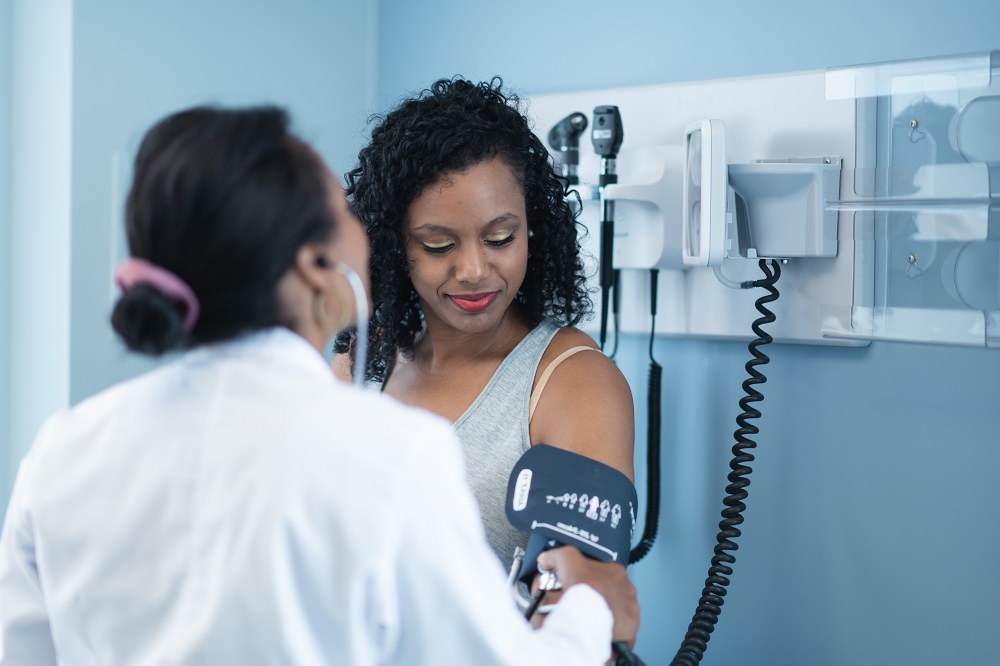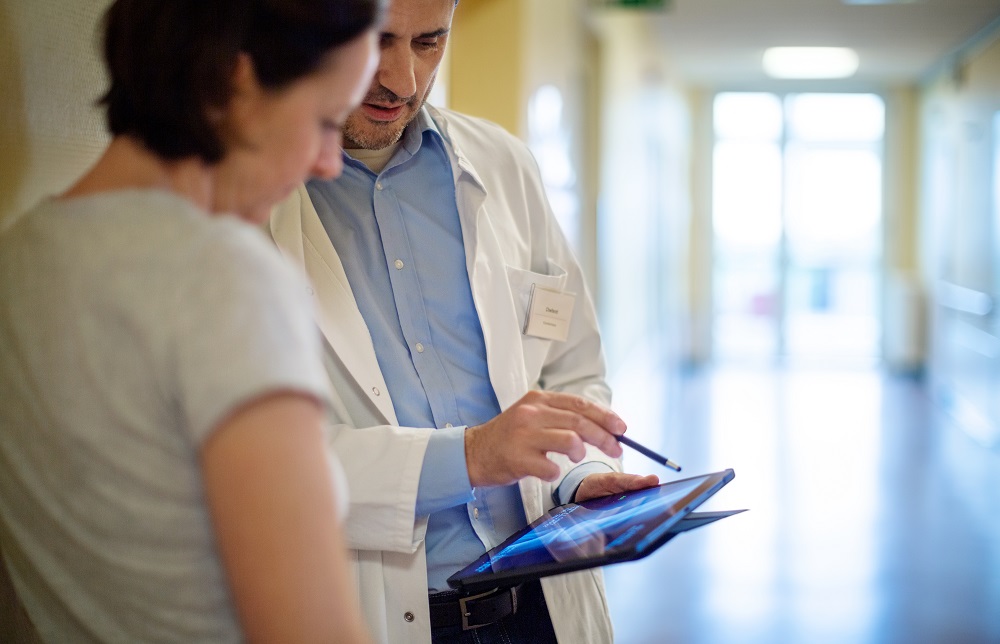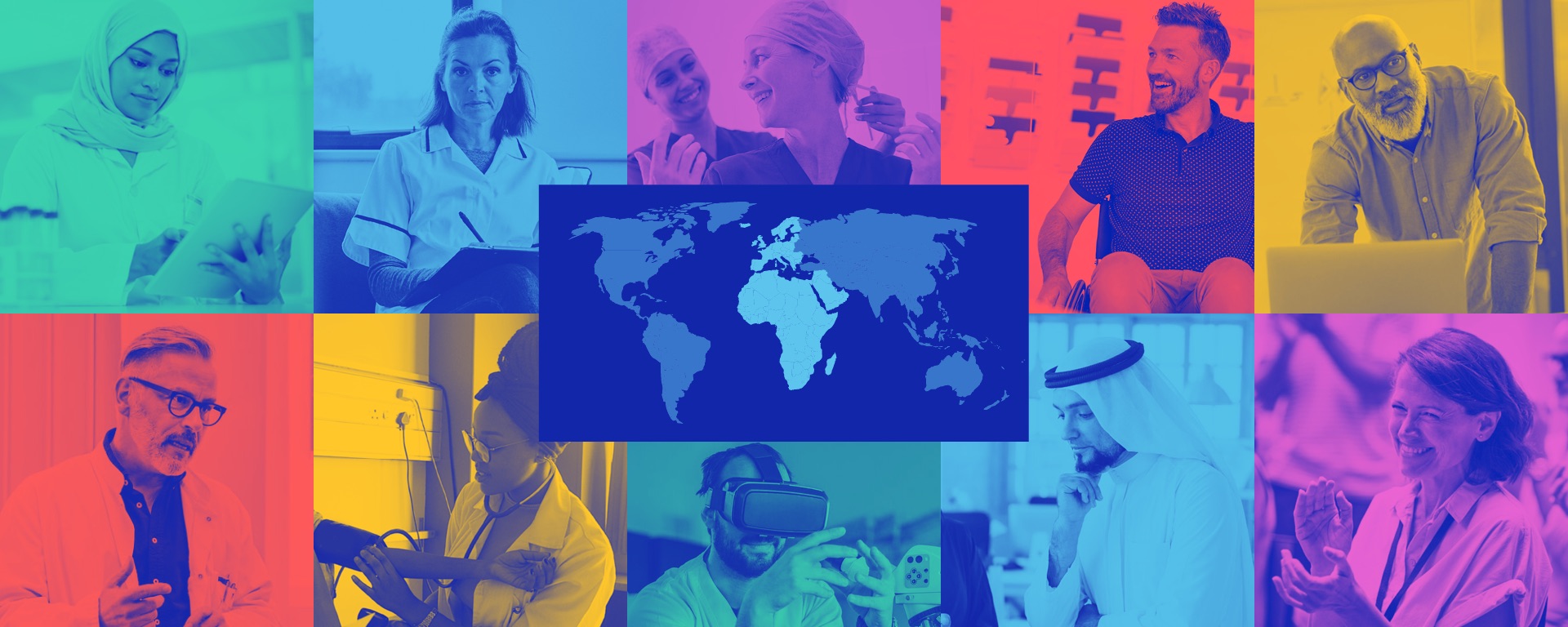Automated patient monitoring has been central to the digital response of hospitals to the pandemic. Jean-Baptiste Michon, product marketing manager, interoperability and solutions at Masimo, suggests it can also help to drive emerging value-based care models.
HITN: What do you see as the current patient monitoring trends, especially those which have been heightened during the pandemic?
Michon: I think we all learned a lot during the pandemic! Caregivers need to have real-time information to prevent patient deterioration as early as possible. This is not only in critical care environments. For online management, for continuous monitoring systems, we have seen that innovation and digitalisation of healthcare – screen replication outside the room, mobility solutions, access to the patient’s status – and new ways of collecting data can help. We have seen some changes in the hospitals moving to these kinds of technology.
HITN: How critical do you think integration with other systems such as the EMR to continuing this shift?
Michon: Very. The trend in patient monitoring is to use more mobility solutions, more tetherless sensors, for the comfort of the patient and the caregiver. This is what we have learned during the pandemic, and it is also part of interoperability, because when you use such sensors you need connectivity to collect the data to your own and other systems. Patient monitoring is at the centre of integrated care but it is also a piece of this puzzle.
HITN: How can we overcome interoperability challenges so that everyone on the care continuum benefits?
Michon: Apart from the technical challenge, everyone has to know and understand that the solution exists. The second challenge is managing the IT ecosystem and sometimes change management into the hospital, talking about interoperability, continuous monitoring, so we can improve care everywhere. These changes are key, part of how we are able to maximise the value of the patient data collected at the bedside. Interoperability is many things. It focuses on the continuum of care but also we are now moving into value-based healthcare systems. We need to be able to understand and demonstrate the value of interoperability in hospital automation solutions.
HITN: What other ways do you think data will play a role in the development of these more streamlined care models?
Michon: Today everything is about data, analytics, AI, predictive medicines. If you are talking about early detection, sepsis management, you need this patient data. One of our baselines is “do more with patient data”. We need to have the vision of the full ecosystem and then, with such a medical interoperability platform, to be able to connect, collect, send and integrate the data.
HITN: So we are talking about an environment in which patient monitoring data can also be used to improve other aspects of hospital administration and workflows?
Michon: Today we are talking about the continuum of care. When we start to look at patient workflows, we are looking more at bringing the hospital into the home. The system begins and finishes there. The patient themselves will be more engaged and involved in their care. In the pandemic, we were also able to provide some solutions to monitor the patient at home. I think this is a great patient experience. It will also simplify the hospital workflow, and the workflow into the hospital. And improve the clinical outcome – but outside the hospital.
HITN: How would you define hospital automation in 2021?
Michon: For me, you can define it in the rule of four As: Acquisition of data, Aggregation (we are able to apply some algorithm to detect or prevent patient deterioration), Accessibility (so the caregiver has access to the right patient data at the right time), and last but not least Actionable insights.
Healthcare IT News spoke to Jean-Baptiste Michon, product marketing manager at Masimo, as part of the 'Summer Conversations' series.







